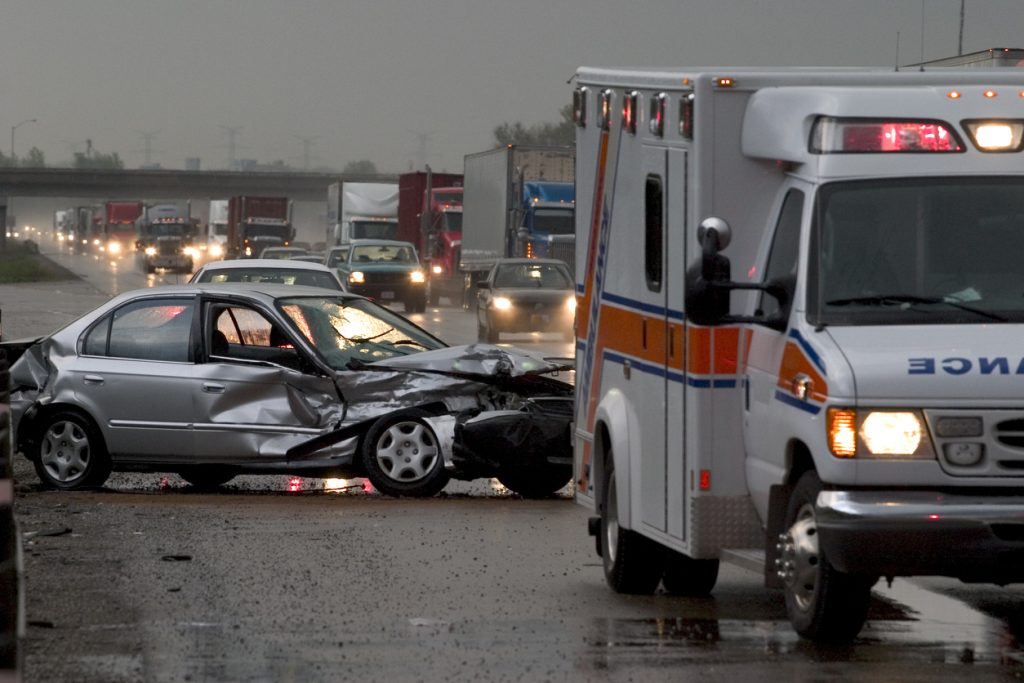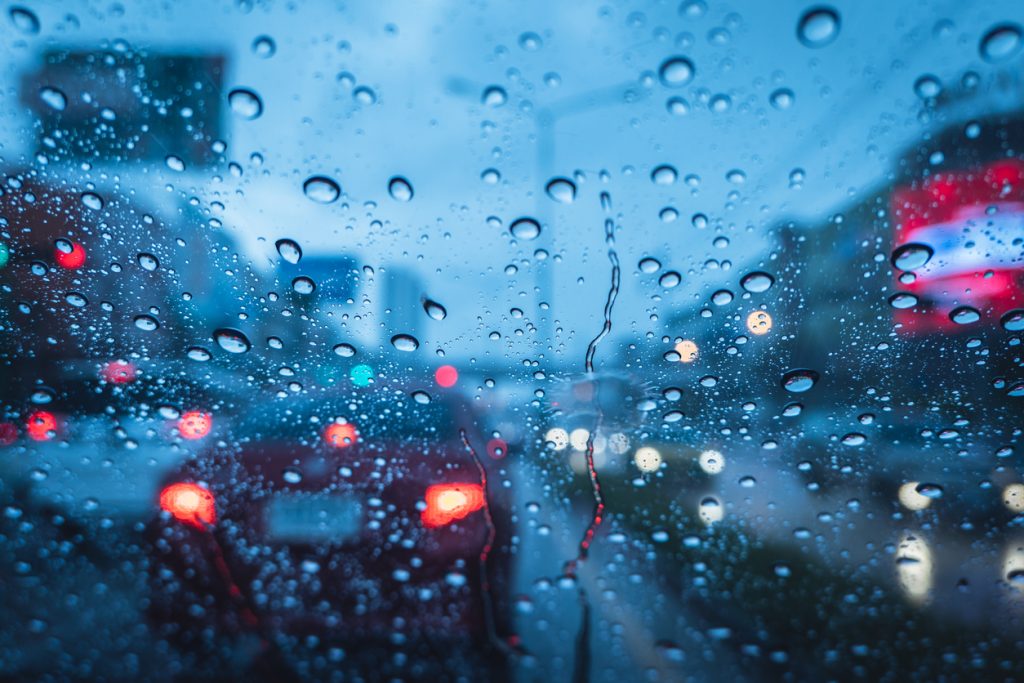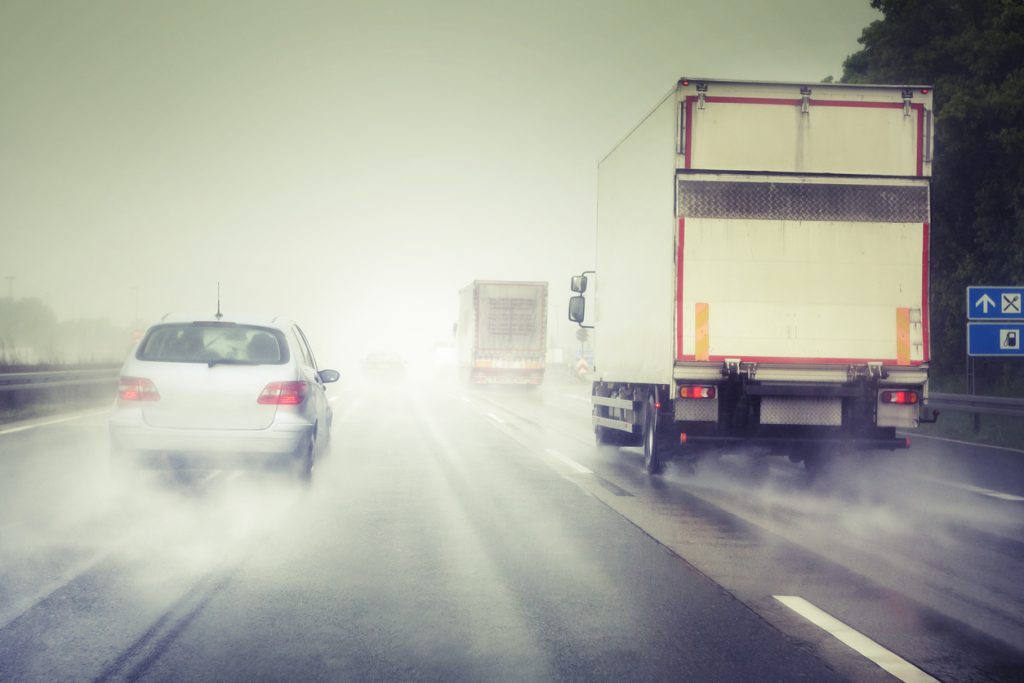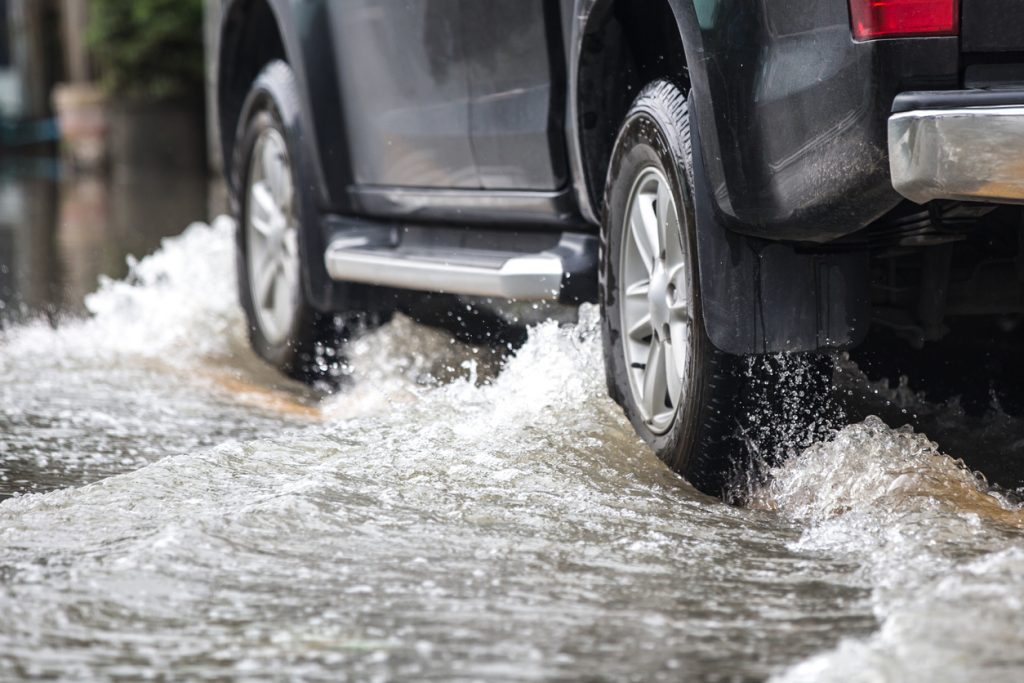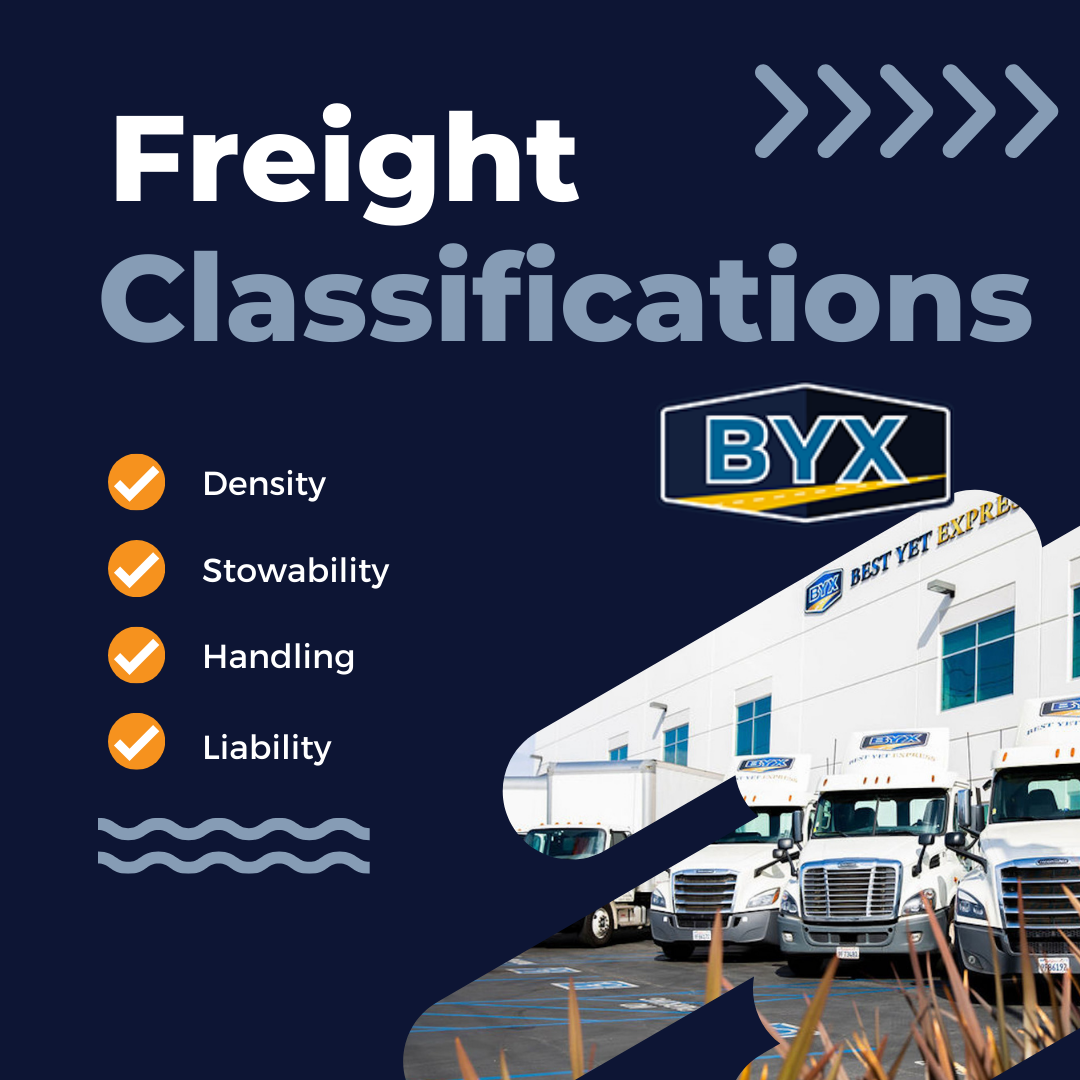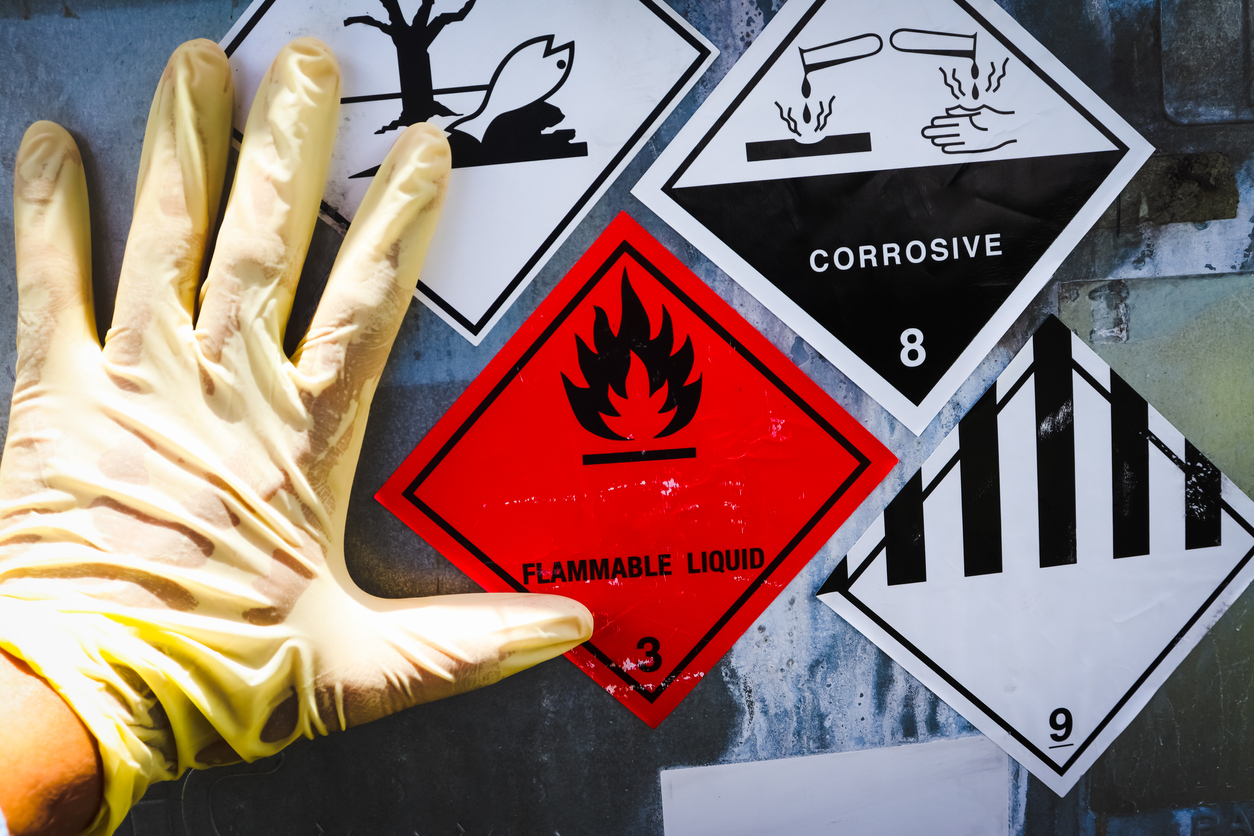Los Angeles drivers get a bad rap for not knowing how to drive in the rain, but that reputation isn’t entirely undeserved. Every time a major storm rolls in the number of accidents on the road rises. Considering more than 3,000 people are killed in car accidents in California each year, driver safety is nothing to scoff at. Driving is such an ordinary, everyday activity that it’s easy to have a false sense of security. We should know since driving is our entire business!
Being cautious saves lives, and our drivers keep that in mind every time they get behind the wheel. Accidents can happen to anyone at any time. Plan ahead and change your wet weather driving habits to avoid a slippery fender bender…or worse. These simple tips from truck drivers can help you stay safe, no matter what type of ride you’re in.
1. Leave early
We know more than anyone how challenging it is to get out the door, through school drop-off lines, and through morning traffic, but rainy days are no time to rush. Leave early, or be late. Get ready at least 30 minutes earlier than usual. If accidents or poor conditions make it impossible to get to your destination on time, so be it. Being late is better than being hospitalized.
2. Slow down
The speed limit doesn’t apply when you’re driving in a downpour. Apply the “take 5” principle. Drive at least five miles slower than you normally would when it’s raining. If you’re approaching a curve, slow down by another five mph. In heavy traffic, slow down another five. Towing a light trailer? I think you’re sensing the pattern here. Don’t worry about annoying other drivers. Their failure to prepare for slower traffic conditions is not your problem. Avoiding a collision is.
3. Turn on your headlights anytime you drive in the rain
Even in the middle of the day, flip on those lights. The entire point of headlights is to increase visibility. It doesn’t have to be midnight for adverse weather conditions to obscure visibility on the road. Cloud cover, fog, and heavy rain all make it harder for other drivers to see you, so keep your lights on at all times.
4. Increase your following distance
Wet roads equate to less traction, which means it takes your vehicle longer to come to a stop. In rainy weather, give the car in front of you extra space to allow extra time to brake. The larger your vehicle, the more generous you should be with your following distance.
5. Give large vehicles a wide berth
Speaking of giving other vehicles space, try to give trucks and busses even more than usual. For one, if a much larger vehicle loses control while you’re hovering in its blind spot, you’re in trouble. Secondly, their large tires disperse more spray, further obscuring your vision if you’re driving dead on their heels.
6. When you drive in the rain, look out for pedestrians and cyclists
This is for a couple of reasons. Most people aren’t thrilled to wait for the bus in the rain, and they’ll be even less thrilled to get sprayed by a speeding vehicle. It’s also harder to spot pedestrians in the rain, so keep your eyes peeled. Give cyclists extra space, just in case one of you slides on the slick pavement.
7. Don’t drive through standing water
It doesn’t take much water on the road to wash away a vehicle. Even if you drive a truck, driving through flooded roads is a recipe for disaster. At best, you’ll get stuck. At worst, you’ll lose control or end up in much deeper water than you anticipated. It’s not worth the risk.
8. Know what to do if you hydroplane
Starting to slide is a terrifying feeling, but stay calm. When you drive in the rain, braking suddenly or jerking the wheel can easily send your car spinning out of control. Ease up gradually on the gas pedal and steer straight ahead until your vehicle regains traction.
9. If conditions are unsafe, get off the road
Where do you have to be that’s so important, it’s worth risking your life for? The answer should be nowhere. If the weather conditions feel too dangerous to drive safely, pull off the road as soon as you safely can. Don’t pull over on the side of the road. Just slow down and wait until you find a rest stop or exit to wait out the weather. When in doubt, don’t go out.
The good news? All our drivers know how to drive in the rain
It’s always possible that wet weather will lead to delays, but we always do our best to complete every pickup and delivery as safely and efficiently as possible. Don’t forget to get a free quote today!

